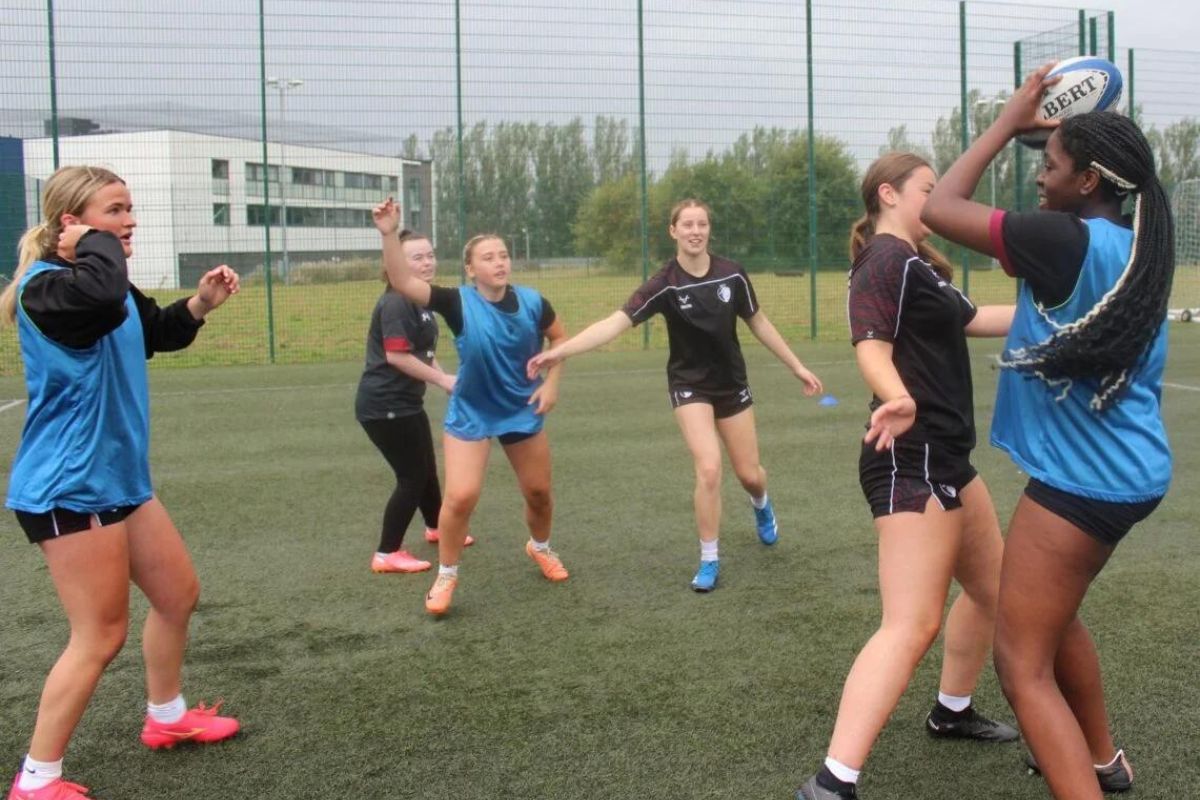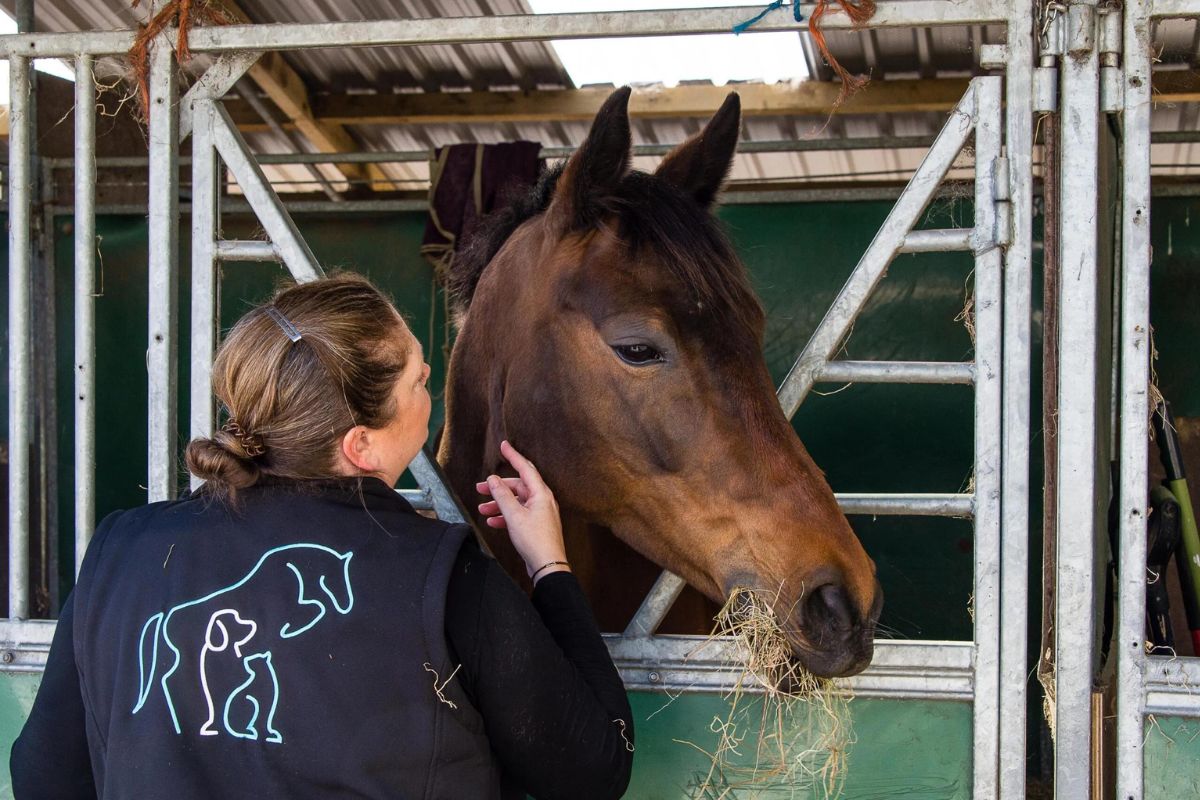Yawning gap between what families on low incomes have compared to what they need to meet latest MIS

There is a growing gap between what people have and what is considered to be a decent standard of living, caused in part by the cost-of-living crisis, according to the annual update of the Minimum Income Standard (MIS).
Millions of people risk falling well short of this standard, which is calculated based on what the public think is needed for an acceptable standard of living. At a time of soaring food prices and the prospect of stratospheric energy bills, our social security system is failing to provide adequate support to people struggling to get by on the lowest incomes.
The gap between incomes and MIS is particularly stark for working-age families without children who receive out-of-work benefits [1]. Even when factoring in the Government’s cost-of-living support, the income available to a single adult without children after taxes and rent is only 32% of MIS and only 29% of MIS for a couple without children. (See our analysis of how this group is affected by the recent energy price rise and subsequent forecast, here).
A couple with two children [2] where both adults receive out-of-work benefits, is able to reach only around half (52%) of MIS when factoring in the Government’s cost-of-living support. A single parent with two children who receives out-of-work benefits can reach 54% of MIS.
While the situation is better for families in work, earning the National Living Wage (NLW) doesn’t guarantee a decent standard of living.
When including the Government’s cost-living-support:
- A single adult working full time on the NLW is able to reach 78% of MIS.
- A single parent with two children working full time on the NLW is able to reach 81%.
- A couple with two children, both parents working full time on the NLW, can reach 98% of MIS.
Overall, a single person would need to earn £25,500 a year to be able to reach MIS and ensure a decent standard of living. This is well above earnings of just £18,600 working full-time (37.5 hours a week) on the NLW. A couple with two children would need to earn £43,400 between them per year to fully reach MIS, but will only have earnings of £37,200 if both parents work full-time on the NLW.
Other key findings from this year’s MIS calculation include:
- The increase in earnings required for an acceptable standard of living in 2022 is the largest year on year increase across all households since the MIS research was first published in 2008.
- This is partly due to inflation [3] and the substantial rise in the cost of many essentials.
- Part of the increase is also due to a continued recognition of the importance of activities outside the home, which also cost more than in previous years. This may reflect when the research was carried out, which coincided with the end of prolonged periods of living under Covid-19 restrictions.
- Given the ongoing uncertainty about Covid-19, all households included reusable face masks for school-aged children and adults, as well as the cost of lateral flow tests for all.
Abigail Davis, Co-Director of CRSP, and one of the authors of the latest report said:
“This report this year captures and reflects the challenging and changing times we are in. The Minimum Income Standard research continues to give us a unique way of observing and tracking the impact of these challenging times on our shared vision of acceptable living standards in the UK.
“What is clear this year is that in the face of significant social, economic and political uncertainty, the public’s views on what constitutes an acceptable minimum still emphasise the importance and value of being able to feel part of the world around you. As prices continue to rise well ahead of incomes, the reality is that more and more people are going to be focused on survival – keeping a roof over their heads, putting food on the table, and keeping their homes warm – and will fall well short of reaching this minimum living standard.”
Peter Matejic, Head of Analysis at JRF, says:
“Stratospheric energy bills are hitting poorer families extremely hard. Families on low-incomes are facing the threat of stomachs they can’t fill, homes they cannot heat and energy bills they can’t pay.
“The situation is dire for families already in extremely difficult circumstances. The Government’s cost of living support will not plug the growing gap between incomes and the amount families require to meet their minimum needs.
“In order to move us closer to a society where fewer people fall below the Minimum Income Standard, the government must reform our social security system to ensure that everyone can afford the essentials and, more broadly, what the public think is needed to live in dignity.”
A Minimum Income Standard for the UK in 2022.pdf
- This includes people who are looking for work or who are unable to work because of a disability, ill health or caring responsibilities.
- In this example and those following, one child is of primary school age and the second is aged between 2 and 4.
- At the time this report was written (April 2022), inflation as measured by the Consumer Prices Index (CPI) stood at 9%. Since then, inflation has increased, driven to a large part by much higher energy prices. Much of the analysis here took place when inflation was lower and the effect of the rising cost of living on Minimum Income Standards moving forward is uncertain.
MIS is funded by the Joseph Rowntree Foundation (JRF). The research is carried out Loughborough University’s Centre for Research in Social Policy (CRSP).
The calculations for MIS are based on what groups of members of the public identify as the goods and services households need to reach a minimum acceptable standard of living, covering essential requirements and allowing participation in society.
This year the minimum budgets for pensioner and working-age households without children have been recalculated from scratch. The budgets for households with children have been reviewed and uprated. In 2024, we plan a full rebase of all MIS groups to establish the impact of the rising cost of living on MIS.











Responses